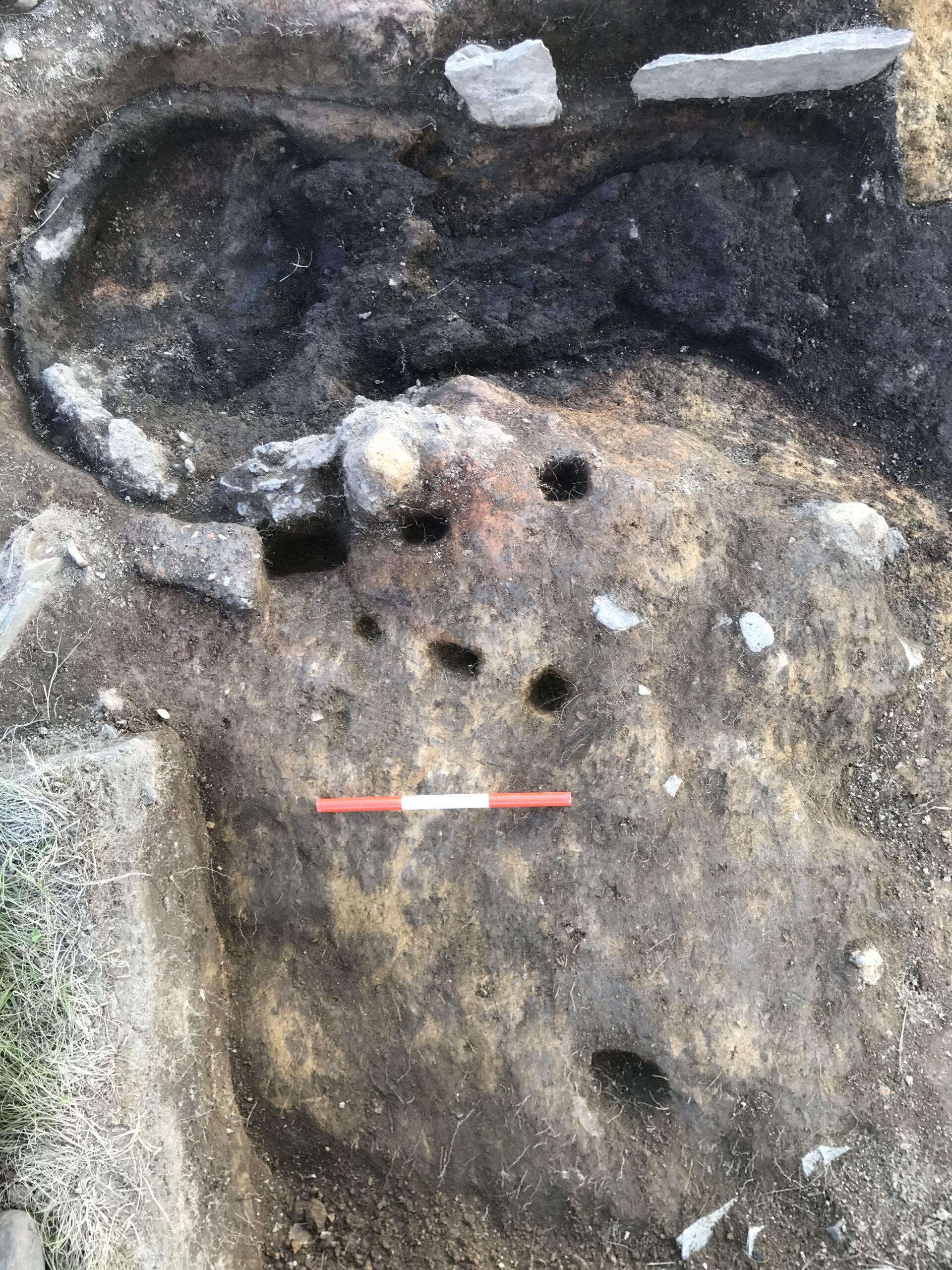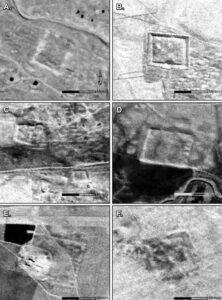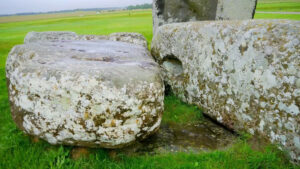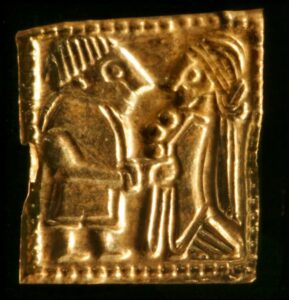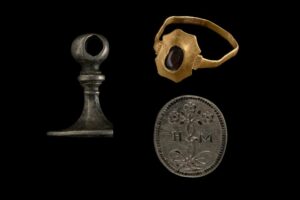EARLY MINES AND METALWORKING: THE EXCAVATION OF
AN EARLY MEDIEVAL IRON SMELTING SITE AT CWMYSTWYTH, CEREDIGION
The Early Mines Research Group (EMRG) is a small specialist group of archaeologists who have worked for over 30 years looking for the evidence of early mining activity in Britain, particularly in Wales. Over the last decade we have returned to our roots – to the site where this investigation first began in the lead-mining valley of Cwmystwyth, on the western edge of the Cambrian Mountains.
The group is better known perhaps for the discovery and excavation of the sites of Early Bronze Age copper mining – small, shallow openworkings dug into parts of these metal-bearing mineral veins using fire and stone and antler tools some 4000-3600 years ago – a chain of events which occurred prior to the expansion of underground mining activity on the Great Orme during the British Middle Bronze Age. However, the EMRG have been involved in a range of different projects – from palaeoenvironmental investigations examining the evidence for mining and metalworking to the excavation of associated prehistoric monuments, lead smelting hearths, charcoal production clamps, an 18th-century lead stamping mill and parts of several 19th-century mine sites.
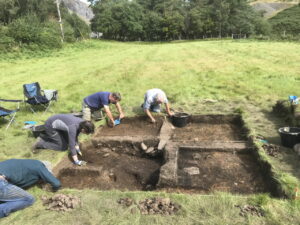
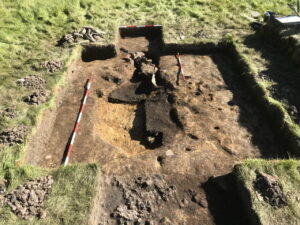
Between 2020 and 2022 we examined another area of the valley floor at Cwmystwyth, this time located a short distance below the second Bronze Age mine working at Penparc. Guided by the geophysics we managed to locate a further charcoal clamp dating to the Late Iron Age – Early Roman period, and just beyond this an ironworking site. The latter revealed evidence for smithing as well as smelting, but was dominated by the waste from a tap-slagging furnace. Excavations carried out in 2022 revealed a considerable amount (in excess of 250 kg) of bloomery iron smelting slag associated with a slag dump, a well-preserved slag pit and working floor, a tap channel and part of the base of a circular shaft furnace of about 300mm internal diameter. This had heavily vitrified clay walls, as shown by the fragments preserved within the base of the shaft pit, just below the tuyere (air inlet) level. Hand bellows would have been used to fire this furnace on its western side, possibly via a single tuyere; the only trace of this which remains is the opening for this which survives within one of the collapsed wall fragments. A series of stake holes and an area of trod probably defines the area of the bellows.
The source of the iron ore is unknown. In all likelihood this was a bog iron or iron pan dug from the mountain peat mire or valley floor, although possibly it was an iron gossan or carbonate (mineral) removed from the nearby Comet Lode. This is something which on-going analysis of the slag and waste should reveal. It would be useful also to find evidence for the smithing of the iron bloom on site.
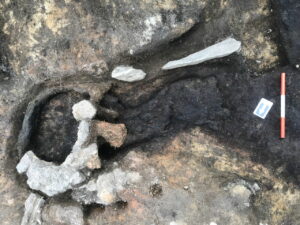
Furnace and tap channel with last slag tapping in placeAn Early Medieval date for these furnaces is suggested by the dating of charcoal trapped within a piece of tap slag. The radiocarbon date of 1047 – 1256 cal AD would appear to link this site (and those for lead smelting less than a kilometre to the east) with the interests of the Cistercians at the nearby Strata Florida Abbey, who it is recorded had control of these mines and the natural resources within this valley. We know for instance that the abbey was constructed in 1164 AD and then re-built in 1201 AD, for which purpose iron and lead would have been required in large amounts.
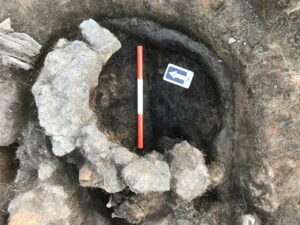
These small early metalworking sites are probably more common than we think, and possibly more important to the local rural economies of late Iron Age – Early Medieval Wales than previously imagined. At Cwmystwyth no remains of this medieval furnace and its slag had survived above ground, or within the visible topsoil; in fact this was found by accident, whilst looking for something else during the course of a detailed magnetometry survey.
There is still much to learn here, and the excavation of these sites has proved both informative and exciting.
[Simon Timberlake, Phil Andrews, John Pickin, Anthony Gilmour, Brenda Craddock, Emma Wager and Martin Roseveare]
Related posts:
No related posts.

